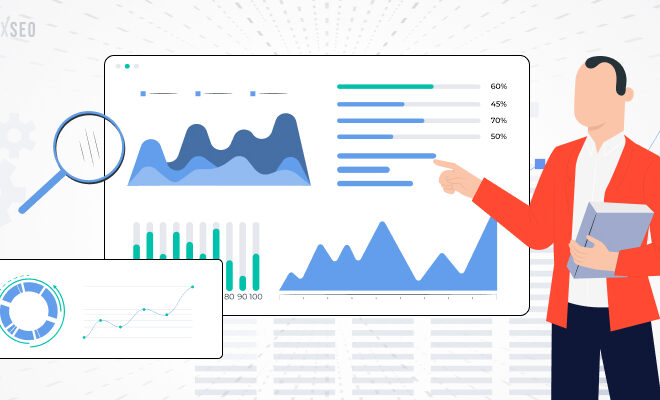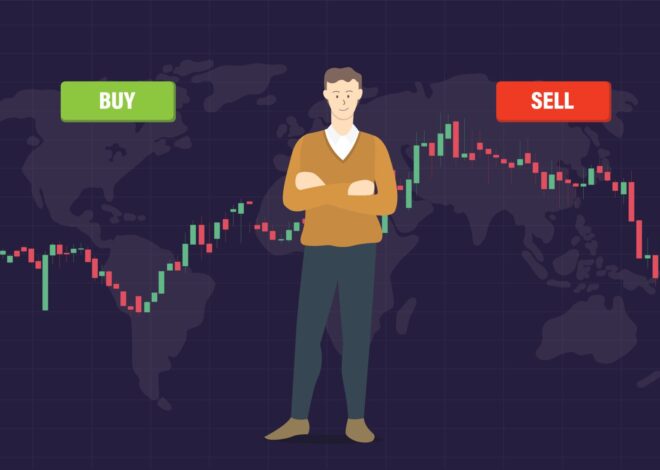
MetaTrader 4 Supports Automated Trading for Consistent Execution
Trading success often depends on timing, precision, and the ability to execute strategies without emotional interference. While manual trading requires constant attention and quick decision-making, automated trading through Metatrader 4 offers a different approach. This platform has become a cornerstone for traders seeking consistent execution of their trading strategies through automated systems.
The rise of algorithmic trading has transformed how both individual traders and institutions approach financial markets. MetaTrader 4’s automated trading capabilities provide traders with tools to implement systematic approaches that can operate around the clock. This technology removes many of the human limitations that can impact trading performance, from emotional decision-making to the physical impossibility of monitoring markets 24/7.
Understanding how automated trading works within the MetaTrader 4 environment reveals why so many traders have adopted this approach for executing their market strategies.
Expert Advisors Transform Trading Strategies
Expert Advisors represent the core of automated trading within MetaTrader 4. These programs execute trades based on predetermined rules and conditions, eliminating the need for manual intervention. When market conditions align with programmed criteria, Expert Advisors automatically place orders, manage positions, and close trades according to the specified strategy.
The versatility of Expert Advisors allows traders to implement various approaches, from simple moving average crossovers to complex multi-indicator systems. Each Expert Advisor operates according to its coded logic, analyzing market data and executing trades with mechanical precision. This systematic approach ensures that every trade follows the same decision-making process, creating consistency in strategy execution.
Strategy testing becomes more reliable when Expert Advisors handle execution. Traders can backtest their automated systems using historical data, gaining insights into how strategies might perform under different market conditions. This testing capability helps refine trading approaches before risking real capital.
24/7 Market Monitoring Without Fatigue
Global financial markets operate across different time zones, creating opportunities that manual traders might miss due to sleep, work, or other commitments. Automated trading systems running on MetaTrader 4 monitor markets continuously, scanning for trading opportunities regardless of the time or day.
This constant vigilance proves particularly valuable in volatile markets where price movements can occur rapidly. While a manual trader might miss significant moves during off-hours, automated systems remain alert and ready to respond to market conditions. The ability to capture opportunities during Asian, European, and American trading sessions simultaneously expands the potential for finding favorable trades.
Market monitoring extends beyond simple price watching. Automated systems can track multiple currency pairs, commodities, or indices simultaneously, analyzing correlations and identifying opportunities across various markets. This multi-market approach would be overwhelming for manual traders but becomes manageable through automation.
Emotional Discipline Through Systematic Execution
Trading psychology presents challenges that even experienced traders struggle to overcome. Fear, greed, and hope can lead to deviations from planned strategies, often resulting in poor trading outcomes. Automated trading systems execute strategies without emotional interference, maintaining discipline that manual traders might find difficult to sustain.
Systematic execution means following predetermined rules regardless of market conditions or recent trading results. If a strategy dictates taking a particular trade setup, the automated system executes without hesitation. This removes the tendency to second-guess decisions or skip trades due to fear after experiencing losses.
Profit-taking and loss-cutting become more consistent when automated systems handle these decisions. Many traders struggle with letting profitable trades run or cutting losses quickly, but automated systems execute these actions precisely according to programmed parameters.
Precise Order Management and Timing
Order execution speed can significantly impact trading results, especially in fast-moving markets. Automated trading systems process and submit orders within milliseconds of signal generation, reducing slippage and improving fill prices. This speed advantage becomes crucial during news events or periods of high volatility when market conditions change rapidly.
Position sizing calculations happen automatically, ensuring consistent risk management across all trades. Instead of manually calculating position sizes based on account balance and risk parameters, automated systems perform these calculations instantly and accurately. This precision helps maintain consistent risk exposure and prevents oversized positions that could damage trading accounts.
Stop-loss and take-profit levels get set automatically according to strategy parameters, eliminating the possibility of forgetting these crucial risk management tools. Automated systems can also adjust these levels as trades develop, implementing trailing stops or other dynamic exit strategies that would require constant manual attention.
Strategy Consistency Across Market Conditions
Market conditions vary significantly over time, ranging from trending periods to sideways consolidation phases. Automated trading systems apply the same analytical approach regardless of current market characteristics, maintaining strategy consistency that manual traders might struggle to achieve.
This consistency proves valuable when evaluating strategy performance over extended periods. Since automated systems don’t deviate from programmed logic, performance results provide cleaner data for analyzing strategy effectiveness. Traders can more accurately assess whether poor performance results from flawed strategy logic or inconsistent execution.
Backtesting capabilities allow traders to evaluate how their automated strategies would have performed during various historical market conditions. This analysis helps identify potential weaknesses and provides insights for strategy improvement before deploying systems with live trading capital.
Multiple Strategy Implementation
Running several automated trading strategies simultaneously becomes feasible with MetaTrader 4’s multi-threading capabilities. Traders can diversify their approach by implementing different strategies across various markets or timeframes, potentially reducing overall portfolio risk through strategy diversification.
Each automated strategy operates independently, preventing one system’s performance from influencing another’s execution. This separation allows traders to combine complementary approaches, such as trend-following systems with mean-reversion strategies, creating more balanced trading portfolios.
Portfolio management becomes more sophisticated when multiple automated strategies provide regular trading signals. Instead of relying on a single approach, traders can benefit from various systematic methods working together to identify opportunities across different market conditions.
Embracing Systematic Trading Excellence
MetaTrader 4’s automated trading capabilities offer traders the opportunity to implement systematic approaches that operate with consistency and precision. From Expert Advisors that execute complex strategies to 24/7 market monitoring that captures global opportunities, automation addresses many challenges that manual traders face.
The combination of emotional discipline, precise execution, and continuous market monitoring creates an environment where trading strategies can perform according to their designed parameters. Success with automated trading requires careful strategy development, thorough testing, and ongoing performance monitoring, but the potential benefits make this systematic approach increasingly attractive to serious traders.
Consider exploring automated trading strategies that align with your trading objectives and risk tolerance. The journey toward consistent execution through automation begins with understanding these capabilities and developing systematic approaches suited to your trading goals.


